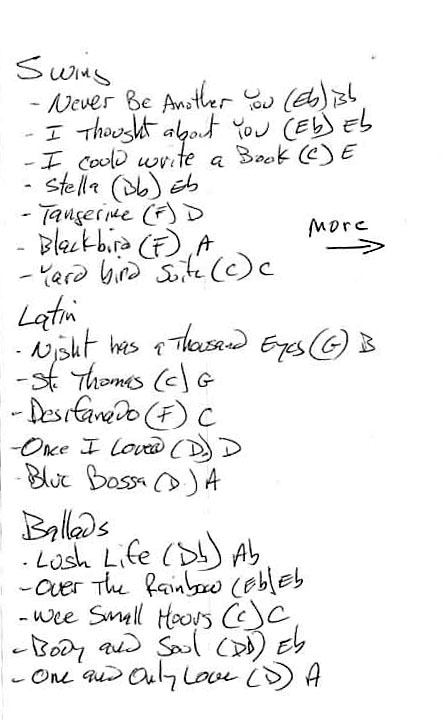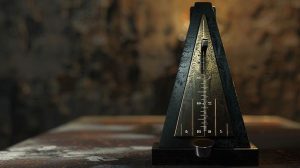
The Benefits of the Ear to Instrument Connection
I recently watched a video performance by the amazing classical pianist Yuja Chang. I’ve seen her memorizing motion and heard her virtuosic playing before, but something hit me after seeing
Categories:
Categories:
One of the most important activities a jazz musician can take part in is a jam session.
Spontaneity is the essence of jazz and if you’re not in a band that plays regularly, you probably don’t play live often enough with other musicians. Play live with and in front of people is what strengthens your skills and keeps you sharp.
So you’ve decided to sit in at the local jam session. What can you do in order to have the most fun and perform at your best?
Your first order of business is to be clear on the tunes you know, so that if you get the chance, you can call a tune you can play well. Create a small cheat sheet that fits easily in your wallet or pocket. On that sheet list your best tunes and organize it by style.
Here’s an example of a cheat sheet that would work for me. After the name of the tune, I note the key in parenthesis and the starting note after that. As I did, choose tunes not only that you know well, but that others are likely to as well.

As you probably do, I know a lot more tunes that these, but the purpose is not to catalogue every tune you know, but to remind you of a few that on which you can shine if you get the chance.
You also might be a little nervous so if the band leader calls a tune on your list, you can be prepared with the key and first note.
Practice beforehand so that you are warmed up both physically and mentally. I’ll assume you know how to warm up physically, but let’s examine the mental preparation.
Warm up your ear by playing a few of the tunes on your cheat sheet in keys other than the standard ones you’ve written down. Play them without a rhythm section. Improvise through them, again without the rhythm section. As you do, hear the chord changes progressing through the tune. This is kind of like swinging the heavy bat before stepping up to the plate.
If you have trouble improvising without the rhythm section, you’ve found a great exercise for your normal practicing. Consider yourself part of the rhythm section when you play. You do that by not needing to hear the changes in order to blow over the tune. If you can’t yet do that, no problem. You will get there with practice.
One last tip. When you step on stage, look the other musicians in the eyes, smile and say hi. There might not be time for formal introductions, but make some sort of connection with them. Just that little bit of familiarity will help all of you play together more cohesively.
Good luck in the session.

Trombonist, author, marketer, & tech guy
Share this post…

I recently watched a video performance by the amazing classical pianist Yuja Chang. I’ve seen her memorizing motion and heard her virtuosic playing before, but something hit me after seeing

I have created a AI chatbot called Jazz Master Chat that draws from 75 hours of interviews from my Jazz Master Summit event a couple of years ago. I interviewed

What is jazz improvisation? Let’s first define what I mean by jazz improvisation. Jazz improvisation is a spontaneous conversation, but instead of words, we use notes. Look at two possible

My recently turned 18 year old son is a passionate photographer He 8217 s got himself a little business

A couple weeks ago I sent Richie Beirach a YouTube clip from the movie Whiplash as a bit of

I originally meant to write this as a reply to a comment Richie Beirach wrote on my blog But

Tools for helping musicians at all levels learn about jazz and play to their full capability.
Web design and marketing by:
Michael Lake @JazzDigitalMarketing.com
This is just a fake book example for the type of website I can build for you. Just trying to use a little humor here!